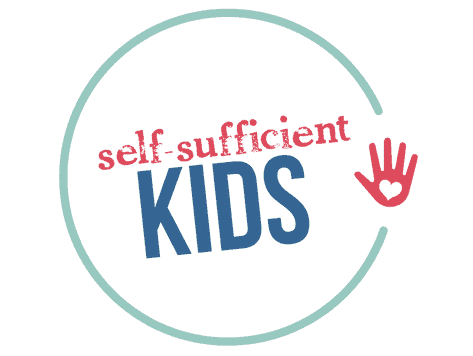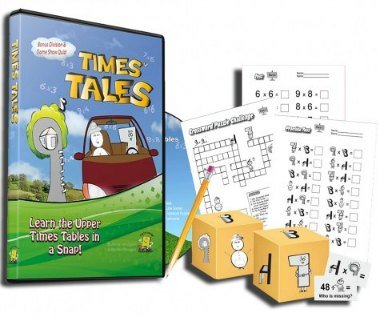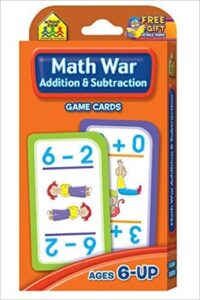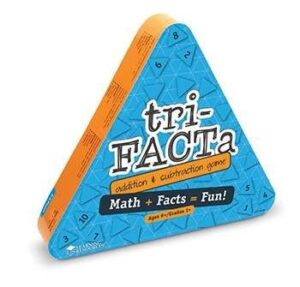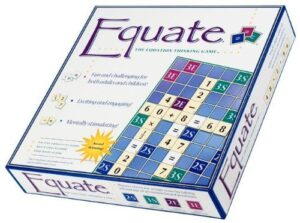Your Child CAN Memorize Multiplication Math Facts With This Fun & Easy Method
Is your child having difficulty memorizing multiplication math facts? This method will work!
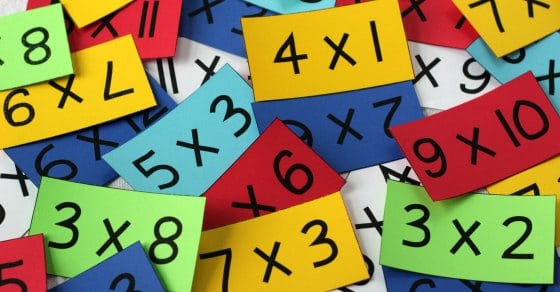
(This post contains affiliate links. If you click on a link and purchase the item, I will receive a commission at no extra cost to you.)
You’ve tried everything.
First, there were the flashcards.
Night after night you’d force your child to go through them – 5 x 6, 7 x 8, 3 x 4.
Sometimes he’d remember the answers but the next day most of them would be forgotten.
“Maybe movement is what he needs,” you think – “maybe this rote memorization is just too boring.”
So on a warm summer day, you write a few numbers on your driveway with chalk. “This will do it!”, you think as your child happily jumps from 49 to 35.
And while he’s had fun jumping around as you shout out equations – the next day you’re back to square one.
“Why is nothing working?” You think and try to come up with yet another trick to get your child to remember these important facts.
Your child WILL retain multiplication facts with this method
Does the above description sound familiar?
For some children rote memorization of math facts and even games simply aren’t enough – they need more to retain facts.
Using flash cards and games with these kids will help them review the facts, but to get them to retain math facts, something extra is needed.
Often these kids are visual learners. But they need something more than just a simple equation held up in front of them to remember the answer.
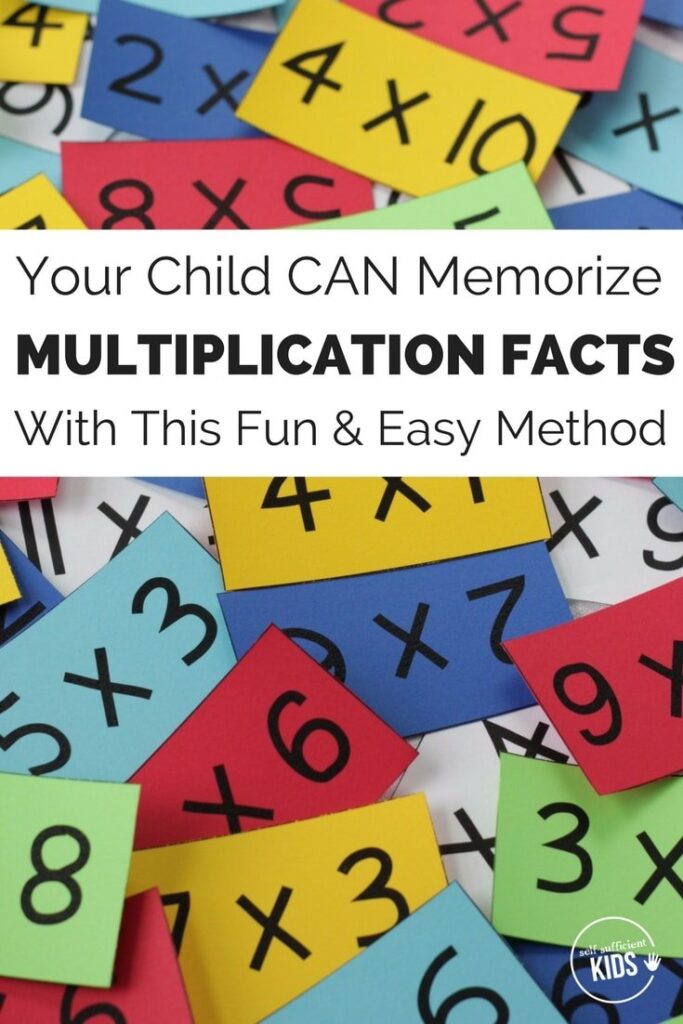
So here’s the secret to getting struggling kids to RETAIN multiplication facts.
Times Tales is a video that turns some of the most challenging equations to memorize into stories that not only kids will enjoy, but will help them remember facts.
Here’s how it works:
- Kids are first introduced to characters in the videos which are numbers – for example, number 7 is “Mrs. Weeks” and number 8 is “Mrs. Snowman”. Along with the names, these numbers are drawn to look like the character they represent.
- After kids learn the characters they are introduced to stories that involve the characters. Each of these simple stories represents an equation – for example, 7 x 8 = 56 is represented in the story of Mrs. Weeks (7) and Mrs. Snowman (8) riding in a car together. Mrs. Weeks drives the car one mile past the speed limit (56).
- Once kids are introduced to the stories they’re then asked to answer a number of questions about the stories, to make sure they remember key details.
- Next, kids are shown a straight equation with the characters and asked to repeat the story that goes with the equation.
- Finally, the equations are shown in number form only and kids are asked to provide the answer to the equation as quickly as possible.
- An added bonus is a section that shows the same multiplication equations in division form – letting kids see the correlation between multiplication and division.
It’s that simple.
Learn and story and then retain a math fact.
You’ll be amazed at how quickly your once-struggling student will remember the stories and therefore the math facts!
Keep on practicing
After your child has seen the video, memorized the stories and facts, it’s still good to keep reviewing those facts – after all, a quick recall of math facts such as addition, subtraction, and multiplication, will make higher-level math that much easier for your child.
In addition to having your child recall the stories with flash cards, games can also be a fun way to review math facts.
Here are a few of our family’s favorite math facts games:
Math Facts Games for Kids:
Math War: The most popular math game in our house is also the simplest and most well-known. It’s played just like the game War with regular playing cards except in this version the players have to add or subtract to figure out which player has the highest number. I’m not kidding when I say my kids will beg to continue playing this game. I also have them do all the math – so they have to add or subtract my cards as well.
In tri-FACTa , an equation is formed from three numbers, say 2 + 3 = 5 and placed in a triangle configuration. As each player takes a turn they try to use two cards from their deck to form a new equation, such as 2 + 2 = 4. The idea is to try to challenge players to think through the relationship between the numbers of an equation and how that same equation can also be represented as 4 – 2 = 2. (Click here to see the multiplication and division version of tri-FACT-a).
Think of Equate as the math version of Scrabble. Players need to build a new equation off of one a previous player built. So if one player puts down 2 + 3 = 5, the next player can use the 5 to build the equation 5 – 4 = 1 if they have “4”, “-“, and “1” in their possession. Like Scrabble, points get doubled or tripled if a player is able to place a tile on a certain square.
If you liked this, you may also like:
17 Children’s Books About Math
19 Fun Counting Games & Activities for Kids
How to Raise Self-Starters and Put an End to Homework Fights
